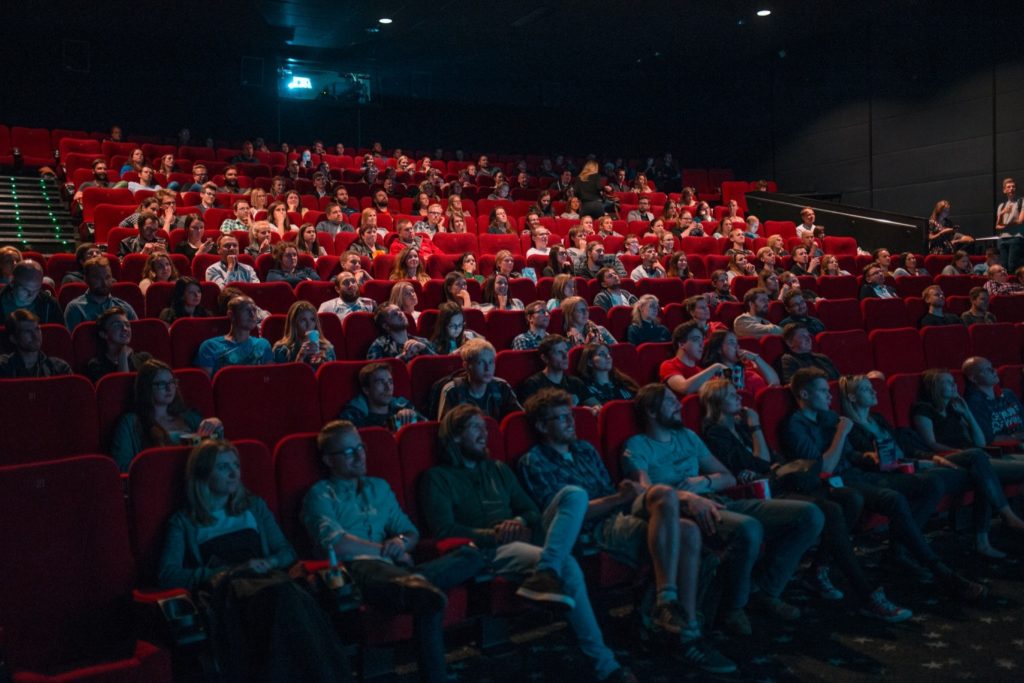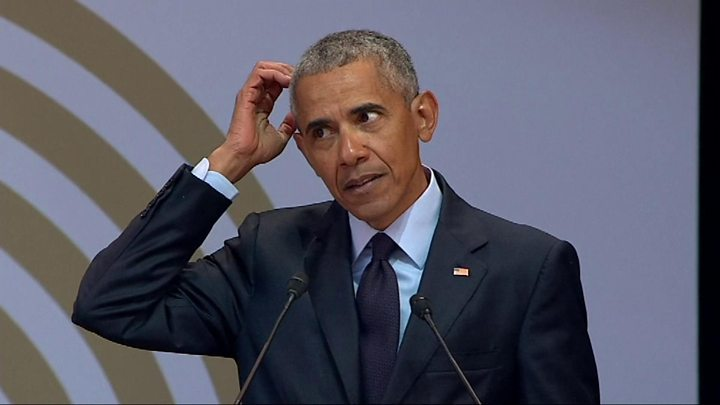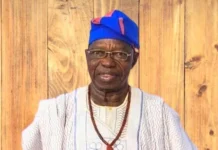People create new inventions daily, but not all of them get successful instantly. It took time for Netflix to gain an audience and for 22Bet Kenya to get world-famous sports sponsors. The same thing is with films. Some of them surpass their time. Here are the 7 outstanding movies from the ’90s and early ’00s that still look quite revolutionary and progressive today.

The Silence of the Lambs: Feminist Horror About an FBI Agent and an Ogre
Buffalo Bill, a maniac who rips the skin off women, is on the loose in Washington. FBI profiler Jack Crawford is too busy, so he sends intern Clarissa Starling to consult with Hannibal Lecter. At the first such session, after getting sperm in her face from one of the psychopathic inmates, the girl gathers her will into a fist and decides not to give up. Her efforts are crowned with success.
Any director is a bit of a philosopher and a bit of a psychologist, and also a decorator of space – and it’s hard to find more thoughtful artistic work with space than in the Silence of the Lambs. Jonathan Demmy, along with his cameraman Tuck Fujimoto, paints a film with his camera like artists paint a painting. If proof is needed that film has a language of its own, the authors of this film provide it in full. The way the camera bars dissolve into close-ups of Clarissa and Hannibal’s faces, the way Jodie Foster plays off the story of the lambs’ terrible plight with her cheekbones alone is worth a lot.
The story of the lambs is the film’s emotional center of gravity, and it alone would have been enough to make world cinematic history. But the film offers us much more: Hannibal’s grand escape from the cage and the protagonist’s final battle with Buffalo Bill wearing night-vision goggles, where Clarissa finally acquires subjectivity.
The movie can be read as a girl power manifesto 30 years before female empowerment in cinema became mainstream. Without Clarissa Starling, there would be no Dana Scully and other strong heroines.
Strange Days: Catherine Bigelow’s Sci-fi Thriller About a VR Dealer
The first woman to win an Oscar for directing, Kathryn Bigelow was briefly married to James Cameron. During the marriage and after the separation he managed to produce her two films, “Point Break” and “Strange Days”, and for the latter, he also wrote the script.
It’s a gripping dystopia and Bigelow’s most underrated film. A film from the past that tells of a future that has already managed to turn retro. In the plot, on the eve of the millennium, former cop Lenny Nero is busy selling other people’s memories, but soon he has to get distracted by reports of a maniac stalking him and the murder of Jericho Wan. Lenny’s ex-lover, singer Faith, detective Max, producer and Faith’s new boyfriend, Philo Gantt, as well as two scumbag cops will be involved in the story.
It’s a delightful movie, taking the best of Cameron and Bigelow. Strange Days has perfectly staged massive street scenes, a pressing social agenda, and characters you care about. But what is most striking about the film is its prophetic tone. With VR helmets, police mayhem and hip-hop as protest music, Bigelow and Cameron have painted a future we are already living in.
Showgirls: A drama about a young dancer trying to conquer Las Vegas
In 1995, the movie broke the career of actress Elizabeth Berkley. There are a thousand explanations for what went wrong, but only one seems worthy of attention.
Verhoeven is by nature a satirist, and the object of his satire was often America. In “Showgirls,” Verhoeven, along with screenwriter Joe Eszterhaz, encroached on the most sacred thing Americans have: the “American dream” and the “success story.” Taking the classic story of an out-and-out star and her young and dashing ward, he turned it inside out. Nomi Malone, who arrives in Las Vegas to dance, will go head-to-head – pushing show-ballet prima donna Crystal Connors down the stairs and having an affair with producer Zach.
Her own strong moral principles would be more important to her than her position as a self-made-woman. And in that sense, a more chaste movie than “Showgirls” is still to be found.
Cinderella: The Cult TV Tale With the Dark-Skinned Princess
This is definitely one of those movies that was ahead of its time, as it used multinational casting more than 20 years before the “Bridgertons” series. Key roles were played by singer Brandy Norwood, who played Cinderella, and ’90s superstar Whitney Houston, who played the fairy godmother.
The film influenced several generations of American audiences – and eventually gained cult status.
Blair Witch: The Creepiest Horror, Which Gave Birth to the Found Footage Genre
In the fall of 1994, three students traveled to the woods of Maryland to make a documentary about the Blair Witch. No one else saw them. The ultimate ’90s hoax was born out of the desire of aspiring filmmakers Daniel Myrick and Eduardo Sanchez to make something truly scary rather than ridiculously awful. Shooting it felt like a gamble. Instead of a script, it was a 35-page director’s synopsis without dialogue, but with events.
The film’s success can be attributed to several reasons, but one of the main reasons is the paranoia that gripped people on the eve of the millennium. The film was released at the end of a decade rich in conspiracy theories. But it took content as well as form. The found footage genre seems mauvais ton now, but back then it was a real breakthrough.
Mulholland Drive: David Lynch’s Most Mesmerizing Movie
Charming blonde Betty flies to Los Angeles in hopes of becoming an actress. By chance, she meets a fatal brunette, Rita, who has lost her memory in a criminal showdown. Betty decides to help her new friend. In another life, Betty is Diane, a failed actress who is acutely experiencing a breakup with her lover Camille Rhodes. What is a dream and what is a reality?
In Mulholland Drive, Lynch decided to pull the psychofugue trick (a mental disorder in which one personality is replaced by another), making the plot even more confusing – including using the principle of corpuscular-wave duality.
Donnie Darko: Richard Kelly’s Impressive and Cerebral Debut
Walking in his sleep, high school senior Donnie Darko is visited by a two-foot-tall guy in a rabbit costume and told that the world will end in 28 days, 6 hours, 42 minutes, and 12 seconds. Few people will remember, but the action in Richard Kelly’s film takes place in 1988.
The director anticipated the ’80s fashion in cinema, but unlike the Duffer Brothers and other filmmakers, he didn’t parasitize its aesthetic: you won’t find skateboards, loafers, and aerobics here, just teenage rebellion and the existential despair of a guy stuck in a time loop.
Kelly’s film became truly iconic when it was released on VHS and DVD. Three years later the director’s version came out, which was more in line with the original idea.














